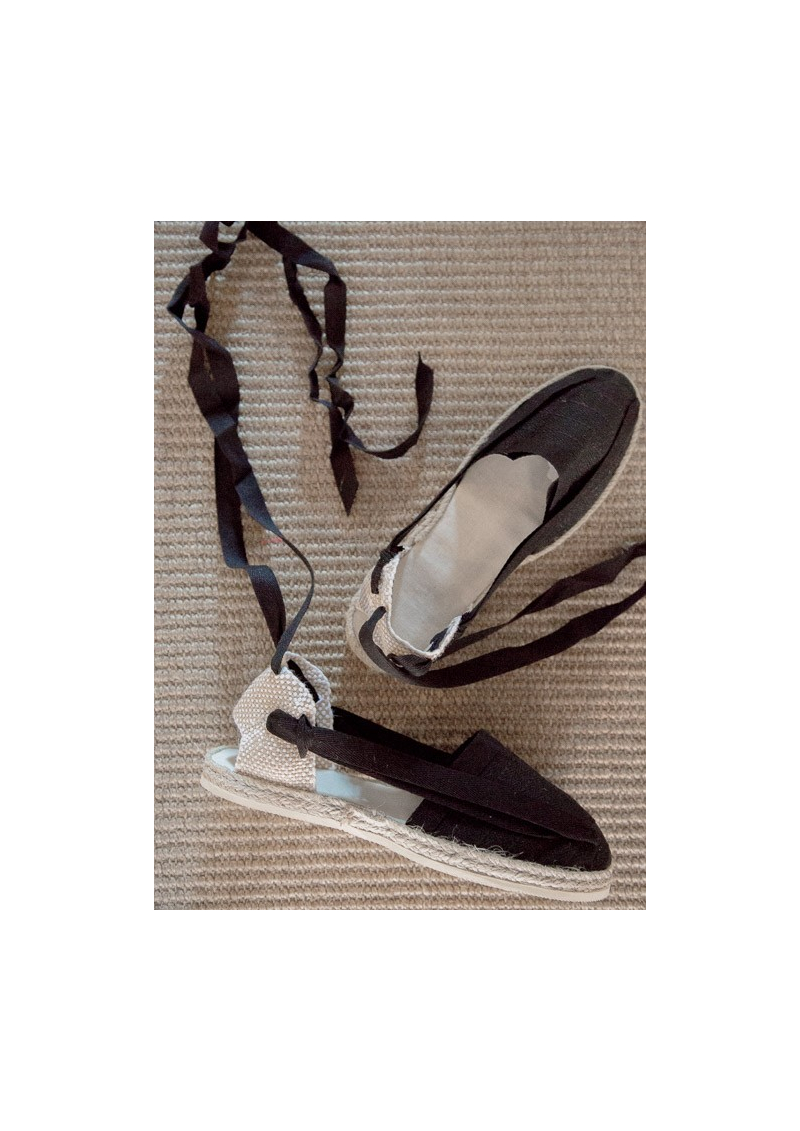




The authentic lace-up Catalan espadrilles with flat soles, called “vigatanes” (pronounced “bigatanes”).
The genuine Catalan espadrilles with a flat sole and ribbons, called “vigatanes” and pronounced “bigatanes”.

The village of St Laurent de Cerdan in French Catalonia is the stronghold of the traditional espadrille factory.
In the early 20th century the town of Saint-Laurent had over 3,000 inhabitants, most of whom (over 1,000 people) were employed in the manufacture of fabrics and espadrilles. Saint-Laurent became one of the largest production centers in France.
During the Spanish Civil War, there was a lack of espadrilles in stores, as well as food and basic commodities. Catalan women crafted espadrilles in their homes with rubber soles made from car tires and then wove them together using a crochet technique.
In 1964, a royal decree imposed espadrilles upon the Spanish Infantry. Today blue espadrilles are an integral part of the festive uniform worn by the Catalonia regional police, the Mossos d'Esquadra.
In 1970s Catalonia, espadrilles were considered the opposite of modernity, "Catalan culture is much more than espadrilles and traditional dance" but it was during this time that the shoes entered the world of fashion. In 1976, there were only a few ateliers in Saint-Laurent that retained their skills and tradition in making the espadrilles that are now offered by DETOUJOURS. Espadrilles will always be associated with Catalan regionalism, ecology and post-urbanity, yet they’ve been transformed into design objects of the modern world.

Handmade in Saint Laurent de Cerdan by L’Espadrille Catalane.

Flat vigatane: rope, hemp canvas, insole in rope lined with cotton canvas to avoid pressure burns.
Outer sole in rubber, 5mm thick.

Sizes are quite small so if you are hesitating between 2 sizes, we recommend that you choose the larger one.
Sizes: 35 to 46.
The Catalan espadrille, “vigatane”, handmade in cotton canvas, with a sole of jute rope and long cotton laces, has been used by the Catalans since the dawn of time and has become the symbol of their identity. Worn across the region during cultural ceremonies and festivities and when dancing the sardana, the traditional Catalan dance, the vigatane has become a timeless basic for both men and women. It’s impossible not to fall in love with these practical and comfortable shoes. deTOUJOURS went looking for them at their source.
The word “espadrille” is a transposition of “espardille” which was borrowed from the Occitan word “espardi(l)hos” or “Spartan sandals” and before that from the old Provençal “espart”, itself taken from the Greek word “sparte”. Their roots to ancient Greece, like the Spartan sandals, are a testament to a time when the Mediterranean region was influenced by Athens, like later by Rome. This explains why, in Catalonia, from Barcelona to the Balearic Islands, from Cadaquès to the foothills of the Pyrenees, the espadrille has been part of the local apparel since the Middle Ages, with or without laces that tie around the ankles.
In the Eastern Pyrenees, where it is called “vigatana”, it was part of everyday life, from working the land to dancing, hiking in the mountains and playing rugby.
There are written traces in the Catalan language from 1322, where the espadrilles are described as they are today. They were even worn by the light infantry of the Kingdom of Aragon.
After the Great War, people yearned for simplicity, the utilitarian and a return to nature which influenced the lifestyles, clothes and diets. The vigatane, for its simplicity and functionality, fit perfectly with this movement and so, it left its traditional context and would soon become a fashion accessory, worn for various occasions and by different social classes.
In the 30’s, the vigatane was adopted by elegant women on holiday on the French Riviera, from the Villa Noailles in Hyères all the way to Biarritz with Gabrielle Chanel, which corresponded to a revived affection for ancient aesthetics, in architecture as well as fashion. For some, a long, fine skirt, a linen blouse with a simple tie around the waist, for others, a surrealist pirate look and navy shirts. The liberty and comfort of this new style seduced people all around the world.
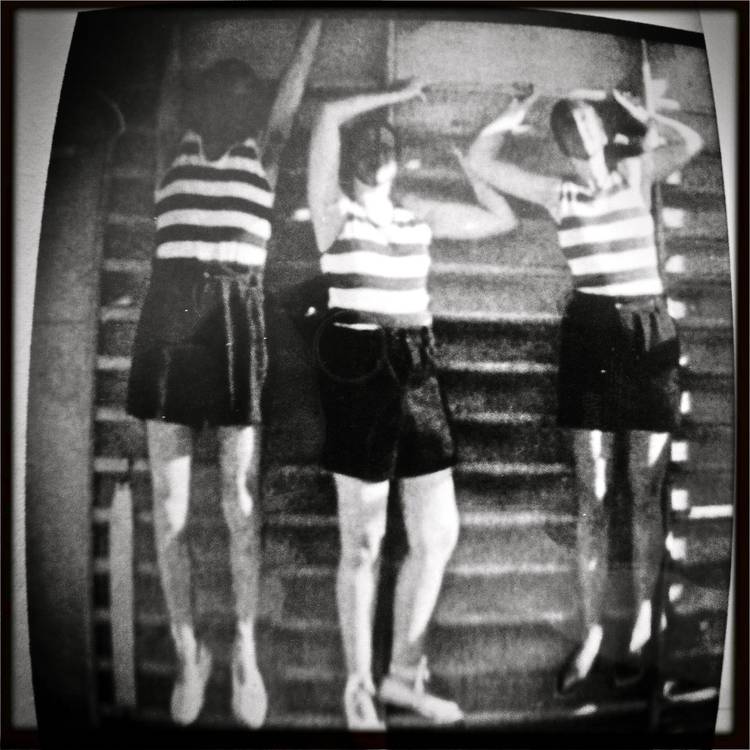
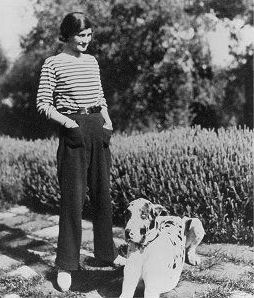
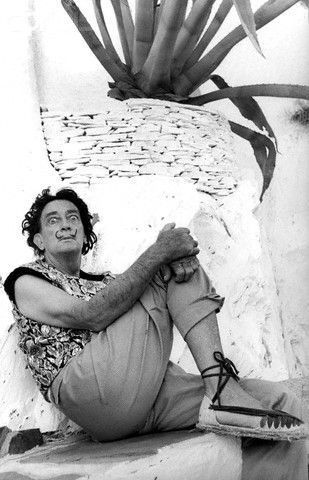
During the 1950’s, the espadrilles continued to be in vogue, frequently worn by artists and icons like Dalí, Picasso, Ava Gardner and Grace Kelly.
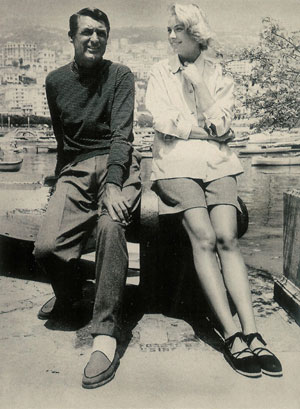
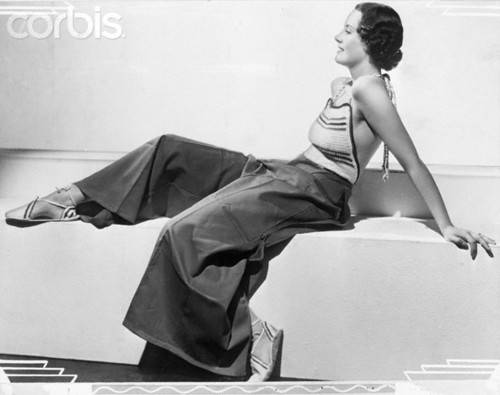
At some point in the 70’s, the espadrille finally entered the history of fashion when designers like Yves Saint Laurent started making them and they appeared on the front pages of the most prestigious fashion magazines, featured with clothes of designers who knew how to make this shoe sexy.
Today, they are still an essential summer accessory.